It is no secret that I have had a love/hate relationship with Hammerschmidt saxophones. I love the way some of the models look—specifically I am referring to the ones with Plexiglas key guards—but hate the way certain horns from certain vintages have serious intonation problems that are not correctible. (My former Klingsor tenor being one of those horns sadly.)
Leaving the intonation of some of those Klingsor saxophones aside, one thing that has always intrigued me, was Hammerschmidt’s triple octave venting system. (One in the neck, two in the body tube.) The first time I saw it on the stencil alto I got, I was fascinated. Then I got 2 tenors and they had the same three octave vents.
I was recently looking through some old European patents and happened across none other than a patent that was issued to Karl Hammerschmidt und Söhne (and sons) from Burgau/Schawben. It is from 1953, when they registered a sample of what was simply referred to as a device to improve sound quality.
Although there are some patents from Espacenet that are available in multiple languages, including English, this one is not. Patent application DEH0010332U, and the resulting Patent DE1655129U, are only available in German.
For this reason I have opted to provide only my translated English for you here, and have included the original German doc as a downloadable PDF exactly as it came from Espacenet.com. Enjoy ![]()
Note: I have made this translation a bit easier to understand than the original German by adding some colour-coding and bracketing where appropriate. I have also inserted the two patent diagrams with corresponding colour-coding for ease of understanding, as well as the headings you would find in newer patents. The original unedited diagrams are in the uploaded patent noted above.
February 21, 1953
Patent Application
Karl Hammerschmidt und Söhne (and sons) from Burgau/Schawben registered a sample of a device on saxophones to improve sound quality.
The innovation relates to a device on saxophones, which noticeably improves the sound quality, and in particular the purity of sound of the instrument.
Background of innovation
All conventional saxophones have a so-called octave vent. Such an octave vent consists of an octave key and a tone hole, i.e. an opening in the body of the saxophone. The process of opening and closing is controlled by a lever arrangement using thumb pressure.
The success of such an octave vent should be the improvement of the sound quality, and in particular, the purity of the sound produced.
However, it has now been found that the usual octave vent only allows this result to be achieved satisfactorily in a partial range of the tone scale. It has been recognized that the purity of sound, especially in the middle registers, does not yet sufficiently meet the new requirements of practice.
This is where the innovation comes in. It is a surprisingly simple feature, but one that eliminates, or at least mitigates the problem to a satisfactory level for practical use.
Summery of innovation
This innovation provides a second octave vent in the saxophone body. In the further development of this concept, the control of the second octave valve is coupled or even synchronized with the control of the first octave vent. This can be done in such a way that the rocker arms of both octave keys are arranged on a common carrier, such as a common axel or rod or the like, in a fixed or, if necessary, adjustable manner.
Although not absolutely necessary, the second octave vent is arranged in or on the saxophone body at some distance below the first octave vent. In other words: the second octave vent is located, for example, at a distance of 5 to 20 cm further away from the mouthpiece on or in the saxophone body.
Figure 1
An example of the implementation of the innovation is shown in Fig. 1. This drawing essentially only shows the saxophone body with the two octave vents and their control. While Fig. 2 additionally shows the other keys, rods, and assemblies that are normally present on a saxophone in this area.
The saxophone body (1) has an octave vent in the usual way, consisting of the octave key (2) and a octave vent (3) located under this octave key (2). The octave key (2) is opened or closed in the usual way by the lever rods (4), (5), (8).
According to the innovation, a further octave vent is arranged further down on or in the saxophone body (1). It consists of the vent hole (6) and the octave key (7).
In itself, without abandoning the basic idea of the innovation, it would be possible to actuate the octave vent (7) separately. However, the innovation proposes that the two octave keys (2) and (7) be operated together and preferably synchronously.
Figure 2
Therefore, according to Figs. 1 and 2, the two rocker arms (8) and (9) of the octave keys (2) and (7) are on something like an axle (10), which could be fixed or adjustable. Of course, the axel (10) can also be fixed, while the otherwise coupled levers (8), (9) are pivotally mounted on it. By pressing the thumb octave lever (11) of the lever (5), both octave keys (2) and (7) are then raised simultaneously.
Even the attachment of an uncovered tone hole (6) alone would already realize the basic idea, albeit in an imperfect way. For example, a covering by means of the finger would be conceivable in this case. However, the arrangement shown is particularly useful in practice.
As already mentioned, the success of the innovation lies above all in the fact that pure tones are also achieved in the middle registers. The innovation also ensures that the tones of the middle register in particular adapt their tone color to the tones of the higher and higher registers. In terms of tone color and also tone quality, the entire instrument is thus better balanced, so that one can speak of a considerable increase in utility value.
Claims for protection
- Saxophone with an octave vent controlled by a lever, characterized by the arrangement of a further tone hole (6).
- Saxophone according to claim 1, characterized in that the second tone hole (6) can also be closed or opened by a controlled octave key (7).
- Saxophone according to claims 1 and 2, characterized in that the octave keys (2) and (7) are coupled.
- Saxophone according to claims 1 to 3, characterized in that both octave keys (2, 7) are controlled by a single actuating mechanism, for example a lever arrangement.
- Saxophone according to claims 1 and following pages, characterized in that the octave keys (2, 7) can be moved relative to one another and/or relative to the saxophone body (1).
- Saxophone according to claims 1 and following pages, characterized in that the rocker arms (8, 9) of the octave keys (2, 7) are arranged or fastened on something like a common axel (10) which is movable (rotatable), and mounted on the saxophone body (1).
- Saxophone according to claims 1 and following pages, characterized in that the second tone hole (6) or the second octave vent and key (6, 7) is further away from the mouthpiece of the instrument than the first tone hole (3) or the first octave vent and key (2,3).
- Saxophone according to claims 1 and following pages, characterized in that the distance between the tone holes (3) and (6) is 5 to 20 cm.
What these patented octave mechanisms look like in real life
Here are a couple of examples of these octave mechanisms from my very own horns. The first horn is a Hammerschmidt alto. Note the wishbone mechanism that the floating lever is attached to. More on that below.

The second is a Hammerschmidt tenor. Note it does not have the same wishbone mechanism for the floating lever.

How Hammerschmidt described the octave vents in a 1961 catalogue
The relevant section for this are the first 3 lines of the first paragraph. (The bolded part.) It reads:
Version A: Range from low B to high F. Newly constructed, patented, triple automatic octave key. Version A – which ensures an easy response of the middle octave from D to G.
It is worth mentioning that regardless what level of horn you bought from Hammerschmidt (A, B, or C) all came with the patented octave key. Hammerschmidt may have dropped trill keys, micro tuners, and even the front F key on their lesser-expensive models, but two octave vents on the body tube were a constant.
What other companies were doing before/during/after
Hammerschmidt may have obtained a German patent for their double octave vent on the saxophone’s body tube, but that is not to say other inventors didn’t experiment with similar ideas before, around the same time, and later. Furthermore, modern saxophone designers have utilized some of these concepts in production and custom designs.
Loomis Patent for a triple automatic octave mechanism
As early as 1928, Allen Loomis patented a triple octave venting system for woodwind instruments, with 1 body tube vent, and 2 pips in the neck. I have never seen one of these in over 20 years of vintage saxophone research, but that’s not to say there isn’t one out there.
If you know of an actual example of one, and can provide photos, please leave a comment below. Thanks! (Or you can email me with the details and any photos as well.)
Buffet-Powell Model
If you are serious vintage sax nerd, you likely have heard of the Buffet Powell saxophones. They were invented by designed and patented by Edward V. Powell, son of Verne Powell (the founder of the Powell flute company).
Patented in 1936, these alto and tenor saxophones had not only 2 octave vents in the body, but 2 on the neck, for a total of 4.
Conn 28M Connstellation alto
Introduced in 1948, these beautiful horns were designed by Allen Loomis, with input by Santy Runyon. Note the “lamp” analogy Conn uses to describe the double octave venting.
Yamaha YBS-62
The YBS-62 sported what the company called “a specially designed octave mechanism for ease of play and smooth octave transitions.”
Three-vent octave mechanism
A feature exclusive to Yamaha saxophones, the three-vent octave mechanism eliminates fuzzy, unclear tones when playing G, G# and A with the octave key.
Source: usa.yamaha.com

However, that model is now discontinued according the old page on its website, and the new bari pages for the 62 and 82 make no mention of the triple octave vent feature.
Saxgourmet Category Five Tenor
Saxophone designer Steve Goodson’s uber expensive Category Five sports not 3, but 4 octave pips. Here is how Steve describes the model on his site:
THE ONLY SAXOPHONE WITH FOUR OCTAVE VENTS
The Category Five is the ONLY saxophone with four octave vents, rather than the usual two. The additional vents (one on the body and one on the neck) allow unmatched intonation and even voicing. By increasing the vent area 100%, the Category Five is the most in tune and even playing saxophone of all time. This system is exclusive to the Category Five and is available nowhere else.
Selmer harmonic key
As far back as the Mark VII, Selmer had been experimenting with a harmonic key for its saxophones. Although not regular features on their horns, they were available as an add-ons for their altos and tenors. (I seem to recall that some Series III sopranos had these keys as well, but I wasn’t able to find any examples.)
Players have debated the usefulness of this feature for years, and it is worth noting that Selmer no longer mentions this feature in its latest model offerings. So if you would like one, you will likely have to find a used horn.
Altarac Vent for Bass Saxophone
Given that I owned a Buescher bass for 20 years, I would be remiss if I didn’t mention this game-changing customization developed by Curt Altarac in his Music Medic workshop.
I will let the good people at Music Medic describe the amazing creation for themselves:
The Altarac Vent is designed to allow the player to use standard saxophone fingerings on any Bass Saxophone. This amazing and cool modification removes the “weirdness” that is present in all Bass Saxophones when playing in the staff D. The modification also solves many other intonation issues that occur. If you play Bass Saxophone, this will change your life on how you view and play the instrument in all the best ways possible!
If your bass sax doesn’t play octave D (and we know it doesn’t), then you could really use the Altarac Vent! The Altarac Vent is the only true automated triple octave vent on the market and it allows you to play D without alternate fingerings. Most saxophones utilize a two octave vent system, wherein notes D-G# are vented with the body octave, and notes A and above are vented with the neck octave. With the Altarac Vent, notes D and D# are vented with the Altarac vent, E-G# are vented with the body octave, and notes A and above are vented with the neck octave. The result is a D that plays reliably without alternate fingerings and with an excellent and stable tone.
The Altarac Vent for Short Wrap bass saxophones is used on most modern instruments. We manufacture all parts in-house at the Sax ProShop. The mechanism works smoothly, practically, and is repairable. Starting at Low D and continuing all the way to the top of the instrument, many changes to the original keywork are made. A motion in the Low D tells the new octave vents to open. Mini-bal technology is used to transfer motion around the curved saxophone body to avoid using multiple levers that operate on various fulcrums. This means that if you wiggle the key at the bottom of the bass and at the octave vent, you will find little lost motion despite it traveling several feet with various connections.
The Altarac Vent for Long Wrap bass saxophones such as Conn and Buescher basses functions a bit differently in order to work with the existing keywork. Rather than replace the original mechanism resulting in 2 vents for the note D and D#, one separate vent for E-G#, and another separate vent for A and above, this variety of Altarac Vent piggybacks off the original mechanism. It adds only one vent so when the notes D and D# are played, the original vent AND the new vent open together. Then when E-G# is played, the new vent closes leaving the original body octave vent open. A and above operate as usual.
Each Altarac Vent is custom made for the instrument it is being installed on, so no matter the configuration of your bass saxophone’s keywork, you will have a fully automated triple octave mechanism that allows you to play octave D and D# with stability, excellent tone, and no alternate fingerings.
Source: Music Medic
Who did NOT use a triple octave vent system? Keilwerth
Despite what you may read online, Keilwerth bass saxophones have only 2 octave vents. They do not have 3. Not sure how or where that rumor started, but it is not true. The company did though, come up with a very ingenious way of correcting the problematic octave venting that vintage American-style bass saxophones are known for.
Notice how these 2 octave vents are different from each other. The one nearest the upper bow has a much larger opening than the one nearest the socket. These 2 vents allow my Couf Superba I bass to speak as easily and cleanly as any regular saxophone when going over the break, and with regards to intonation. (No Altarac Vent needed. ![]() )
)
So in conclusion then…
So who came up with the triple octave vent first? Of course we will never know for certain. What we can say with certainty, is that Hammerschmidt, like other German saxophone makers, shared a number of similarities with American saxophone design.
Look no further than the design of their octave lever and mechanism, and compare it to that of the Olds Super. Yup, there does indeed seem to be some cross-pollination. Big difference though, the Olds only has 1 body octave pip.


So again, which design came first? My hunch would be the Olds Super. However, Hammerschmidt’s history dates back to 1873, and while we know of their saxophone production in Burgau, we don’t know what—if anything—they were doing with regards to saxes prior to being forced to relocate to Germany.
There have been some Hammerschmidt saxophones that have popped up that would appear to predate the well-known Klingsor models that the company made for a 30 year period (1952-82). It is therefore not unreasonable to presume that Hammerschmidt may have been making saxophones prior to 1952, and even at the same time as the Olds Super was in production (1939-40).
Some Selmer references as well?
As far as the wishbone octave mechanism goes that some, but not all Hammerschmidt saxophones have, that can be traced all the way back to the Selmer St. Louis Gold Medal Model (1910-21). As a matter of fact, one could make the argument that those horns with the wishbone octave key mechanism are a derivative of Selmer’s, and have nothing to with the Olds Super at all. Rather, that Olds too copied Selmer’s St. Louis Gold Medal Model design.

Hammerschmidt Gallery
If you are looking for what is likely the Internet’s largest collection of Hammerschmidt saxophone images, check out Bassic Sax Pix. I must admit I haven’t kept up with adding as many as I’ve been meaning to, but there are currently over 1300 there that you can peruse if you are looking to do some research on your own horn, or a sax you are looking to buy.

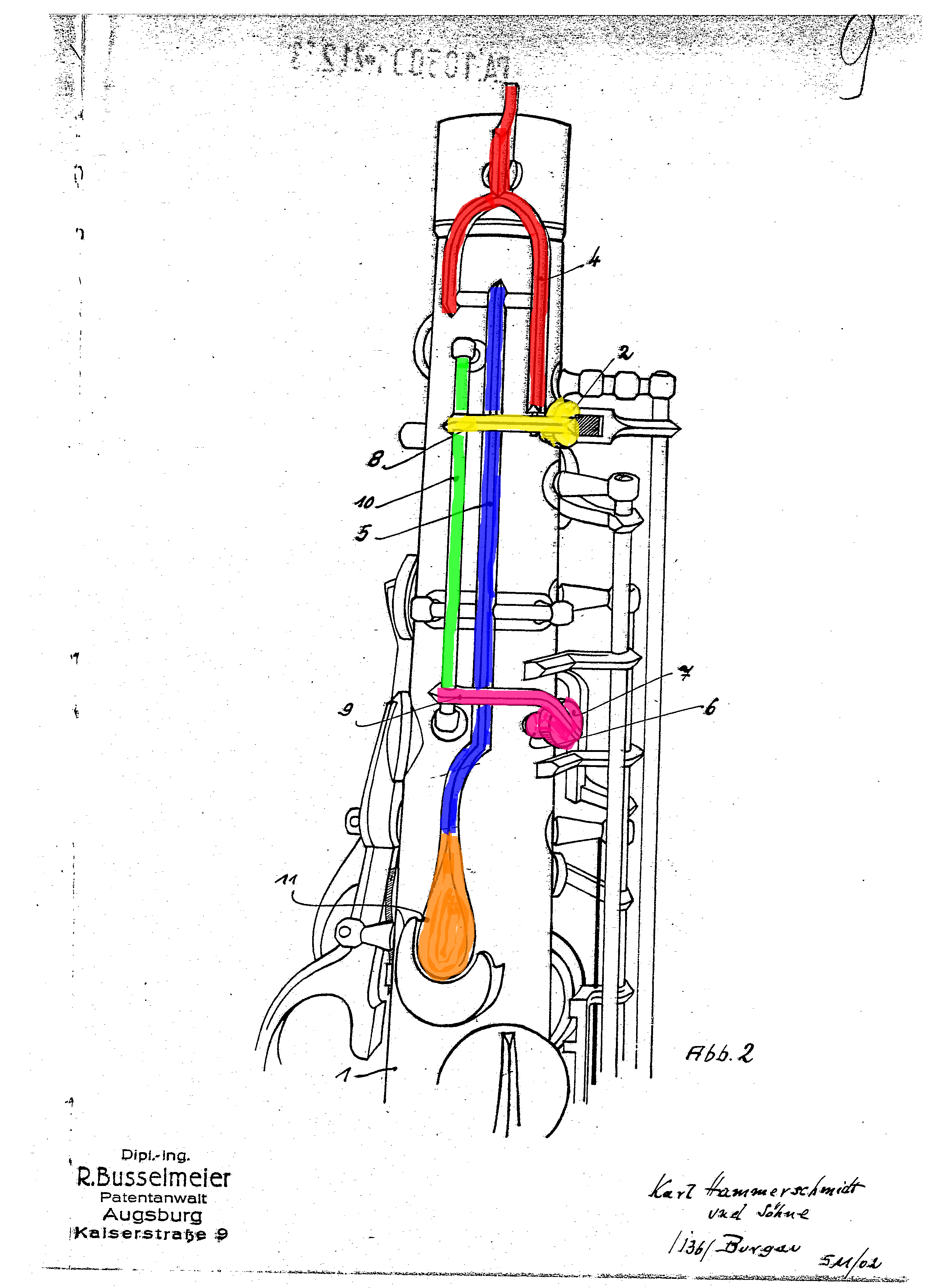






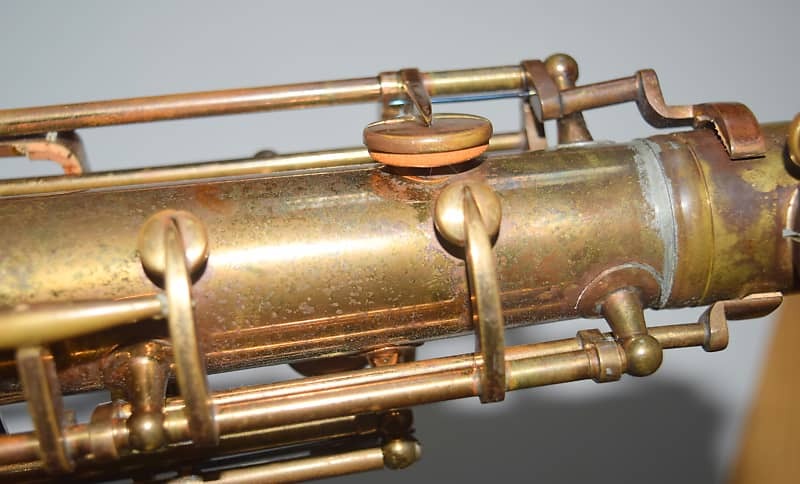
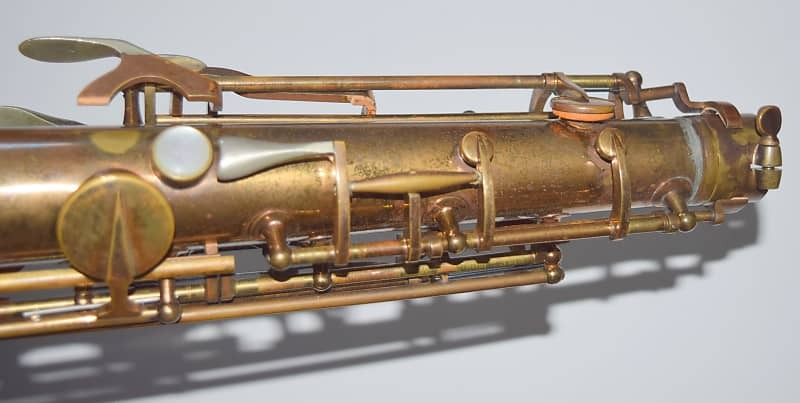
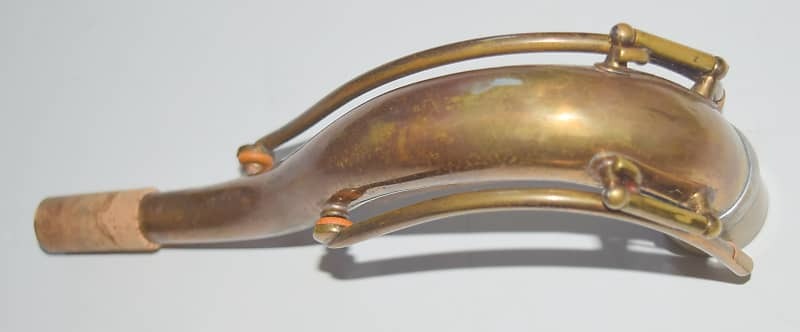
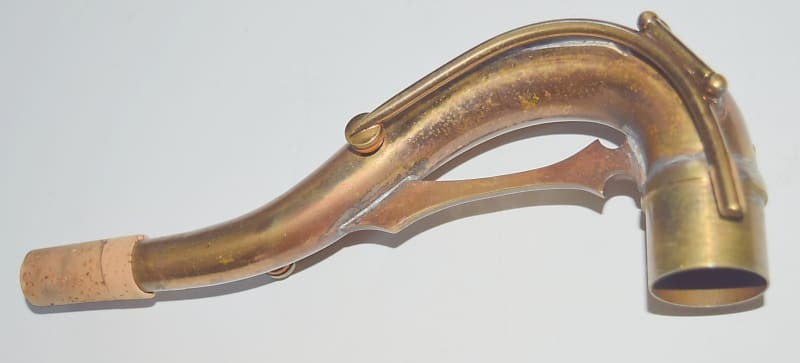
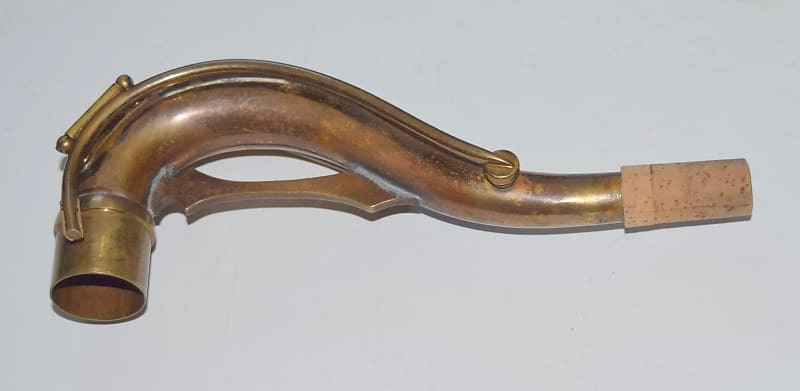

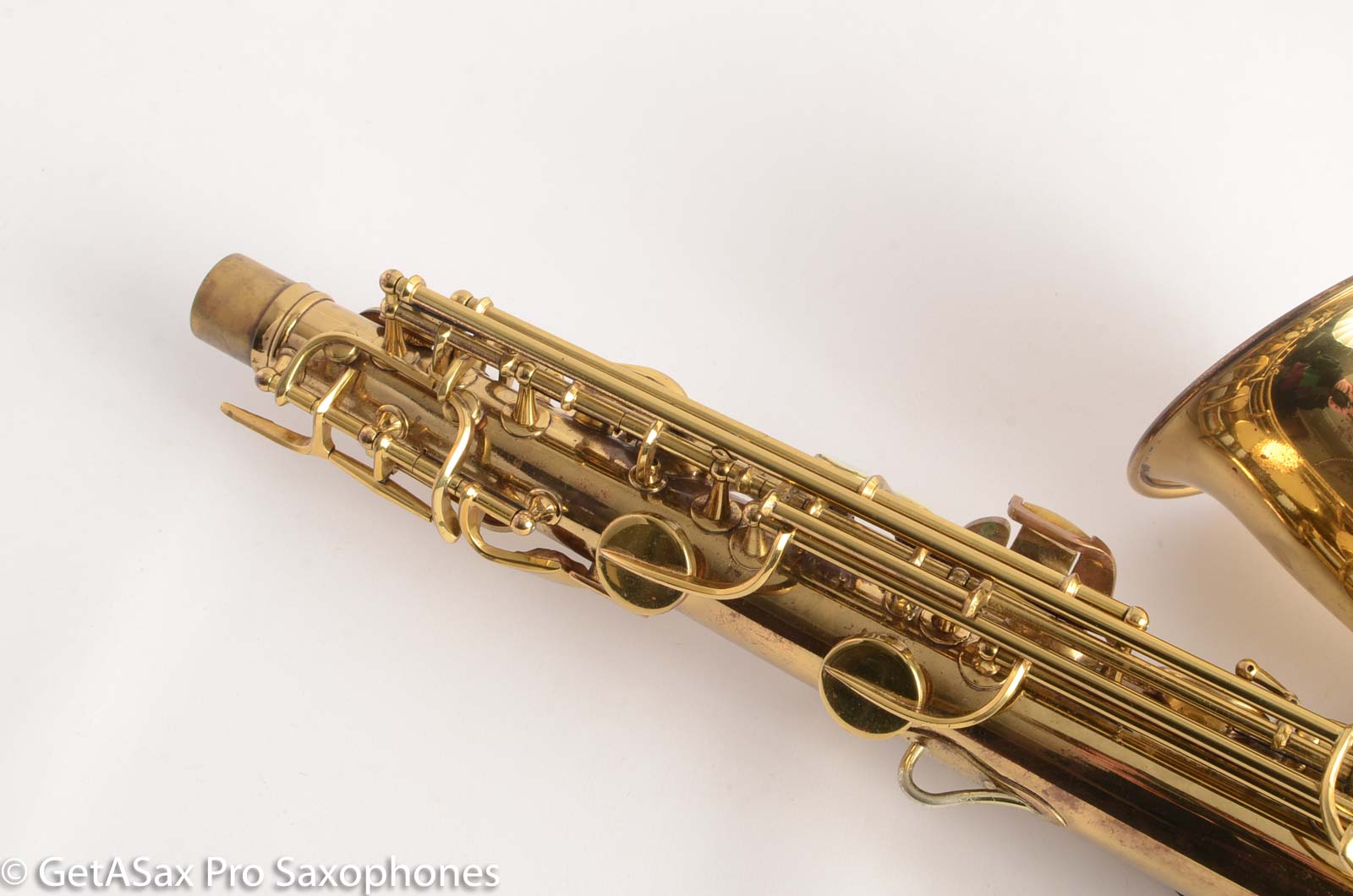
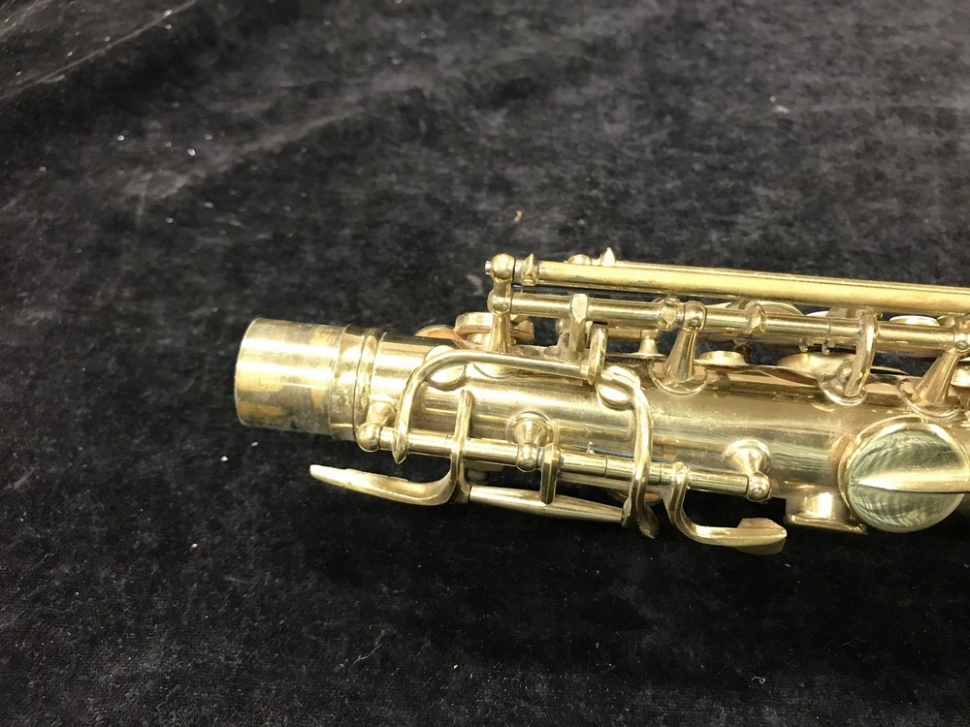
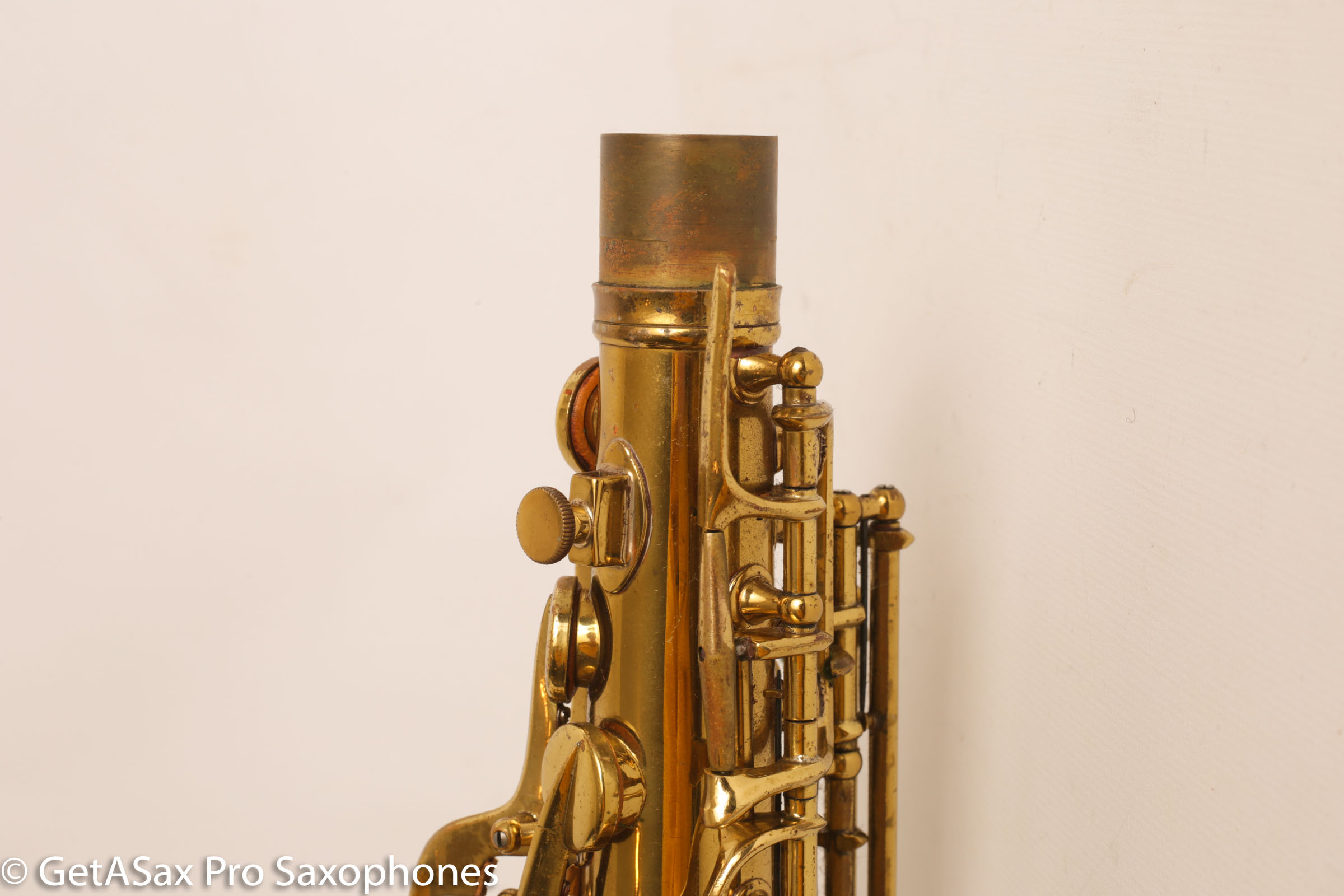
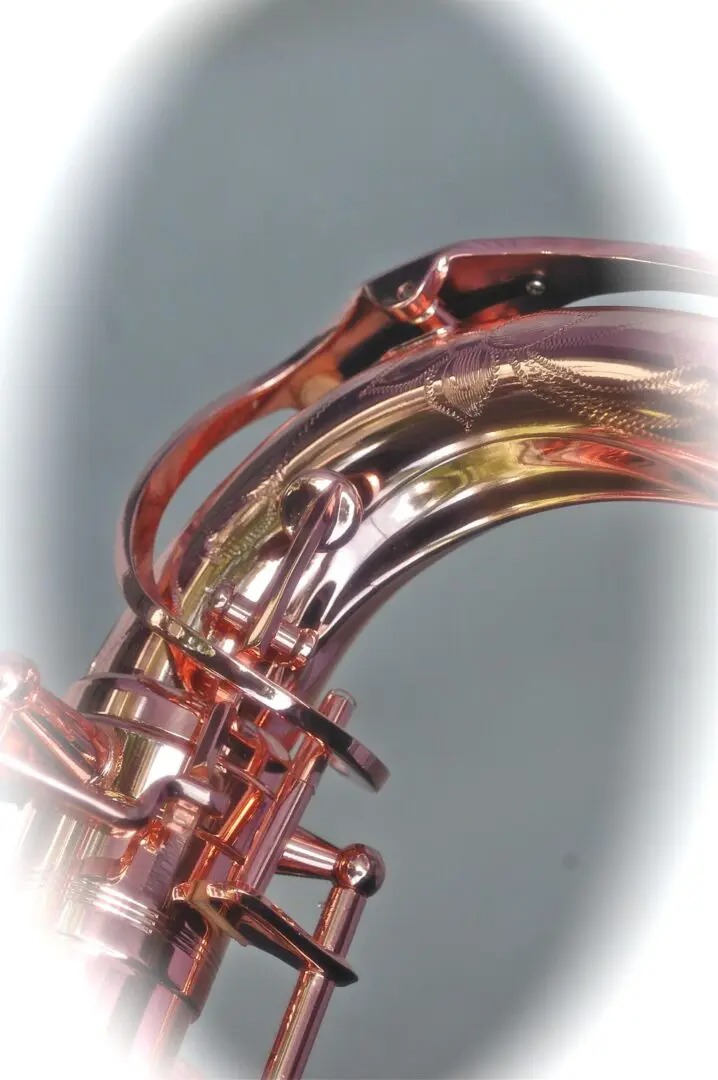
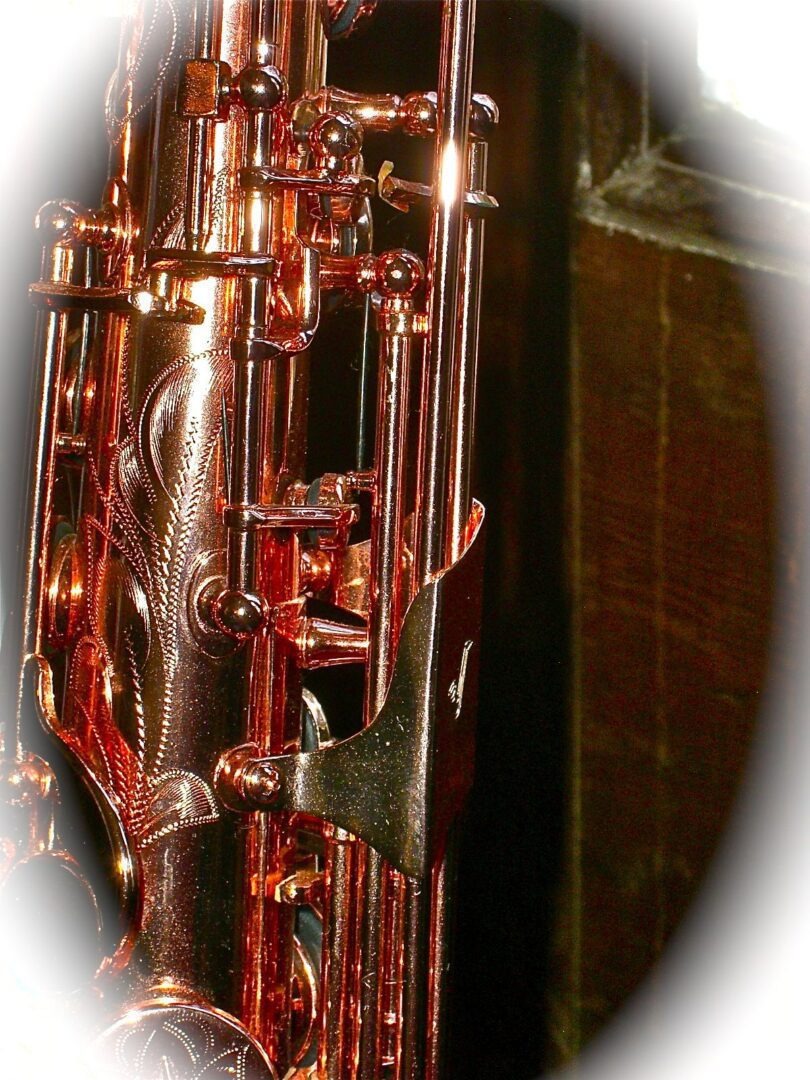
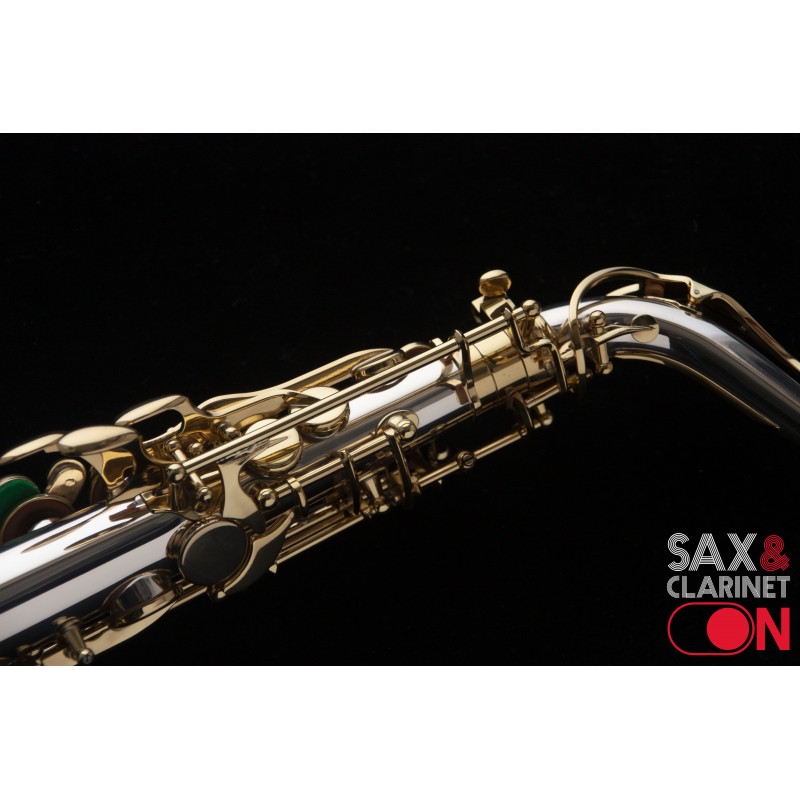
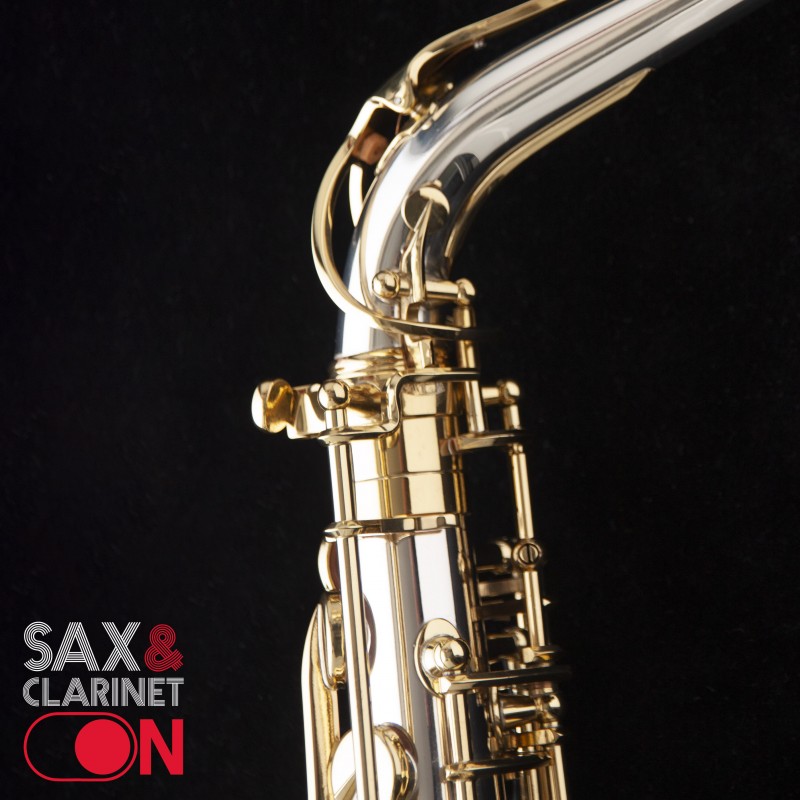
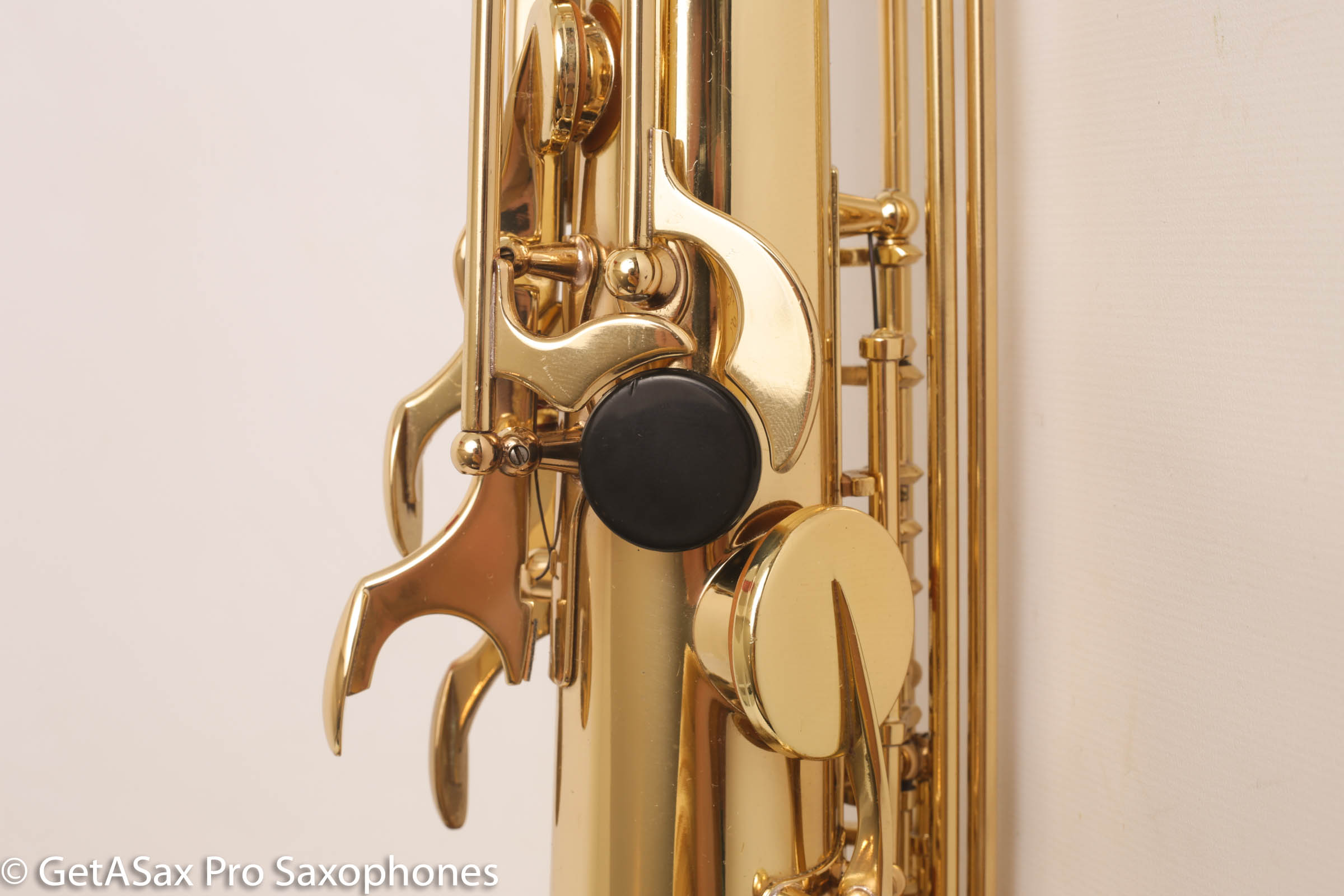
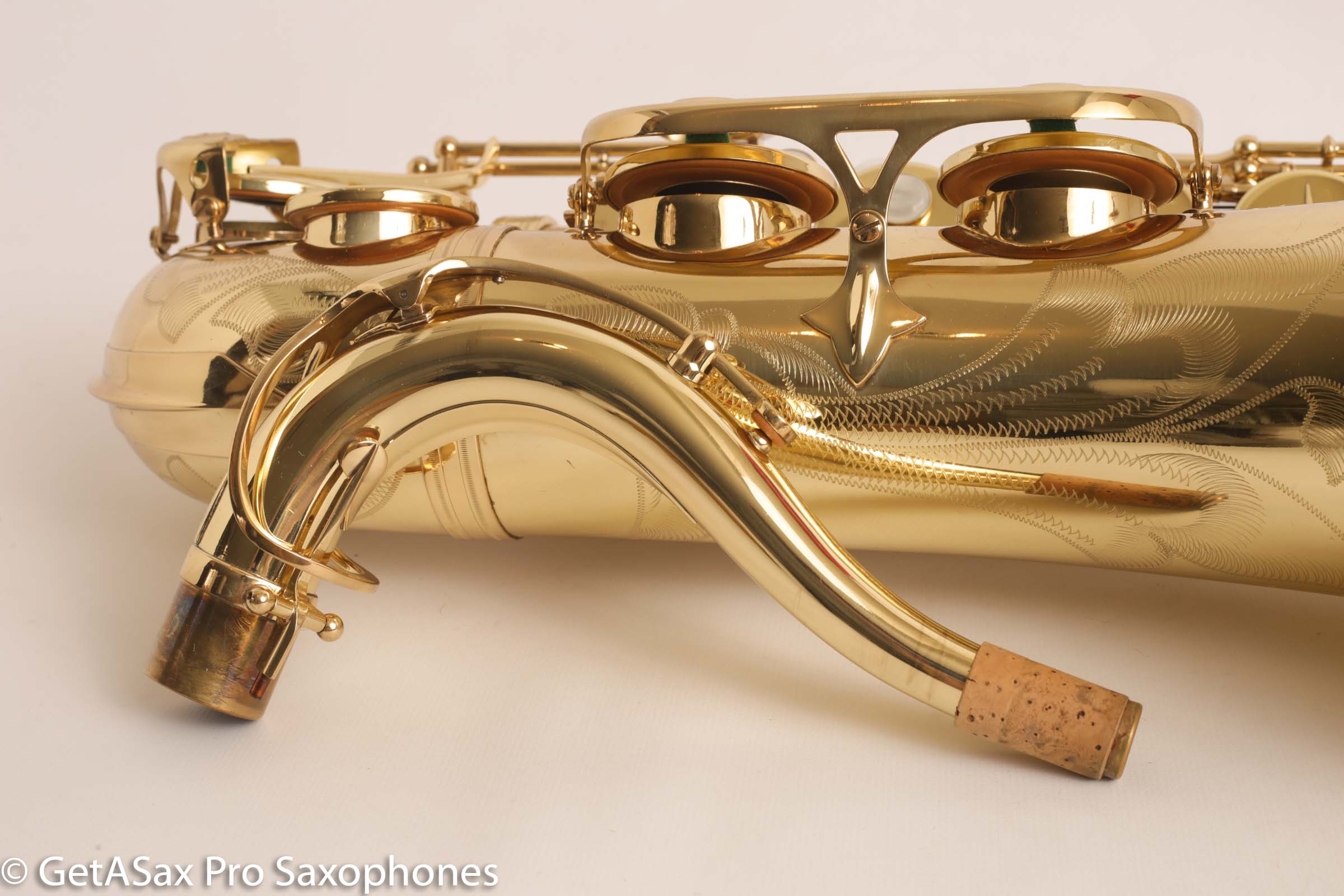
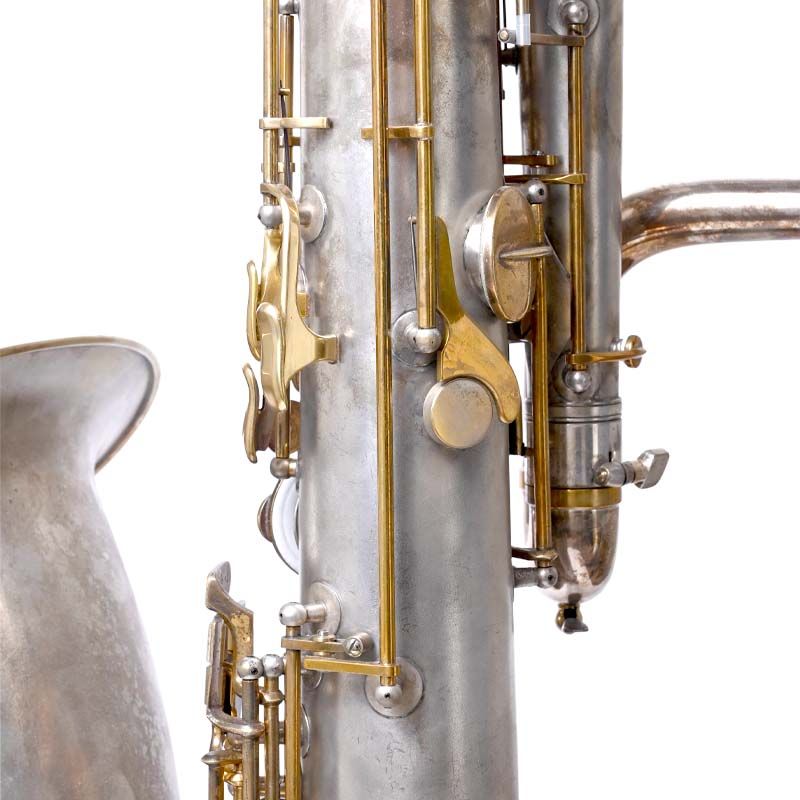
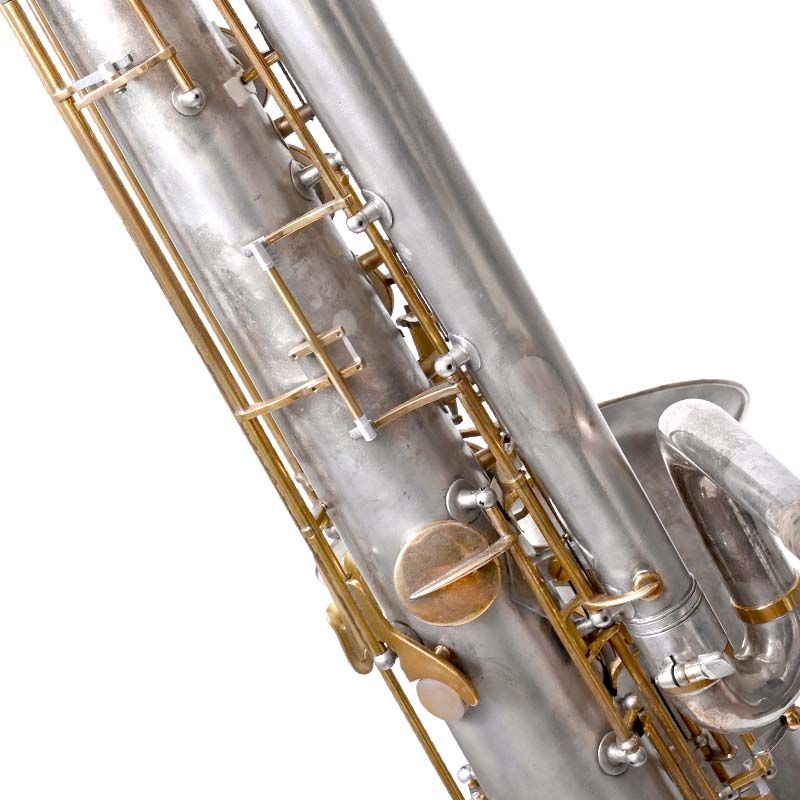
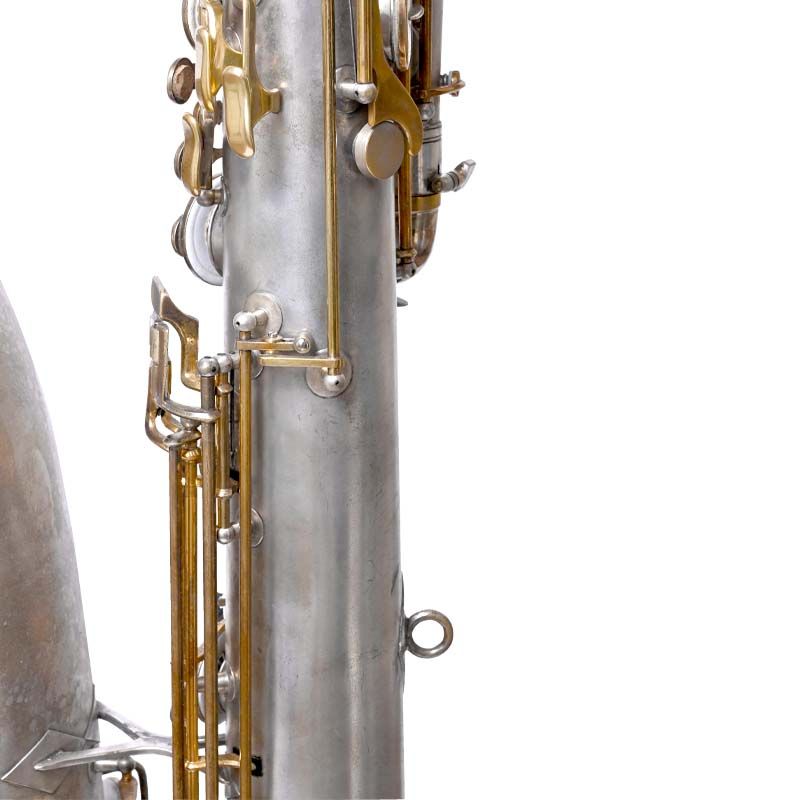
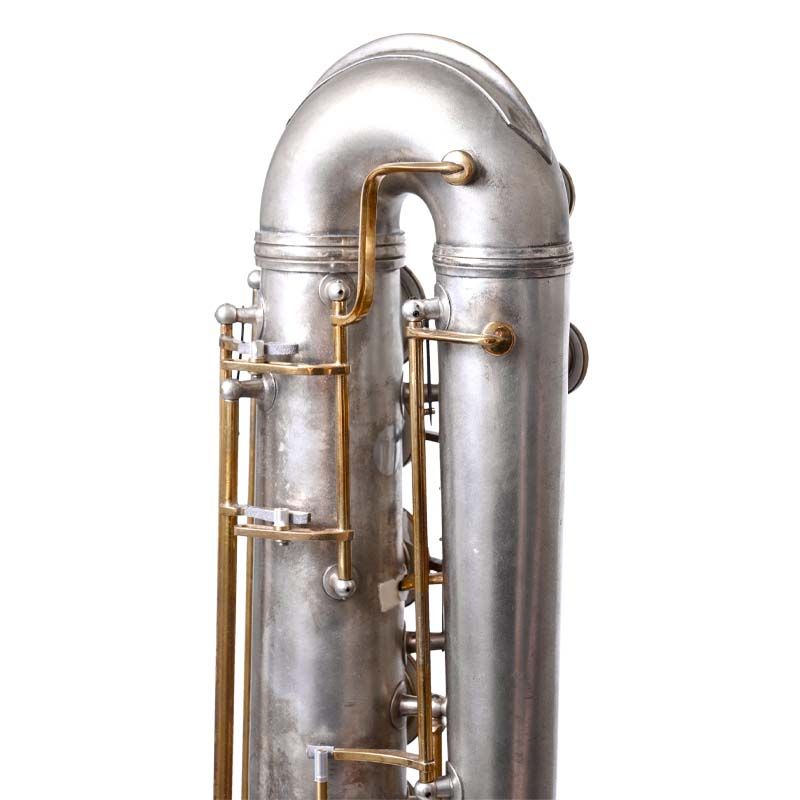
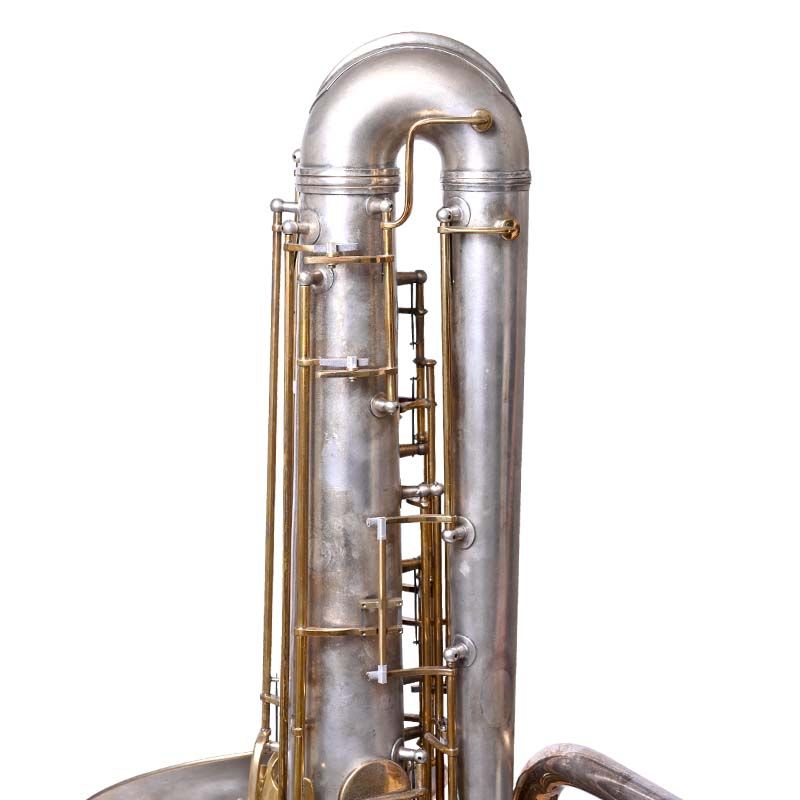
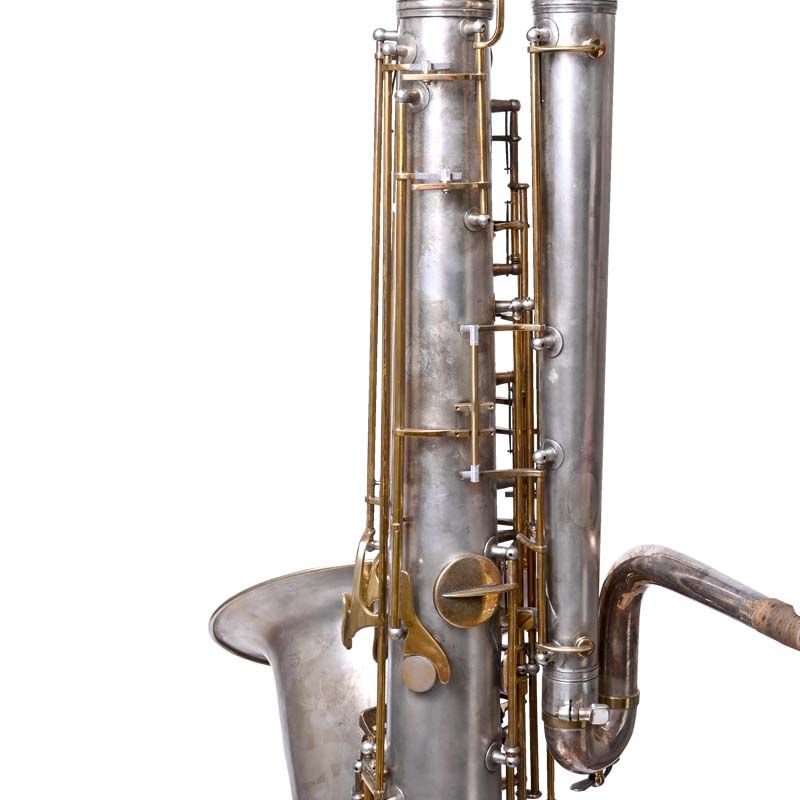




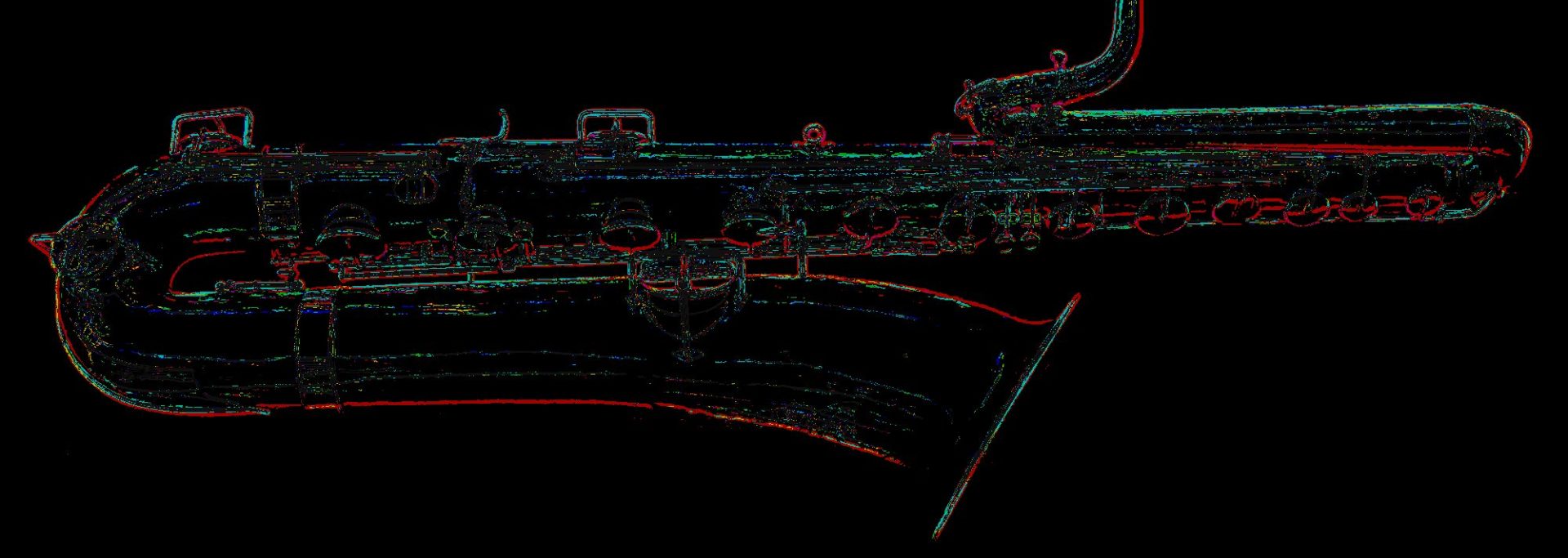

Nice to see that both the Hamerschmidt and the olds super have the pearl roller on the second octave pip. It is also drawn in figure 2 of the patent.